While many of us are starting the new year resolving to transform ourselves by hitting the gym, eating better, and spending less money, manufacturers have the onus of a far more important transformation on their hands: embracing the changing digital manufacturing landscape and emerging Industry 4.0 technology.
Over the past year, it was impossible to escape headlines about the IIoT or Internet 4.0. These new models for technology-enabled manufacturing have already moved into the implementation phase by many of the world’s top manufacturers.
While the benefits of data-driven manufacturing are far too significant to ignore and will enable many to deliver competitive advantages in an ever-competitive landscape, roughly 50% of US companies still admit to not having a plan for the rollout of digital manufacturing solutions. Because no standard roadmap for digital manufacturing exists, companies are often uncertain around where to start and what foundational capabilities are required to succeed.
In 2018 the team at MachineMetrics is committed to empowering your company to not just employ the latest technology but to achieve success along your transformation journey. There’s no better time to figure out your team’s plan of attack than now, so without further ado here are our top resolutions for 2018:
Understand your capabilities: Perhaps the most important new years resolution for 2018 is to assess one’s current capabilities. Where do we stand now? To understand what we are solving for, we need to be aware of what the problems are, and to become capable of not just solving those problems but to ready ourselves for the greater problems in the journey ahead.
How do we know where we are now so we can know what the next step is? Do we have the technical assets in place to take that next step? Do we have the organizational assets and buy-in we need for that step to succeed? Does your organization have the necessary institutional support to begin your Digital journey?
Build Yourself A Roadmap: To build a roadmap, more often than not companies are looking into the future, attempting to visualize where they want or need to be in twenty years, and planning backwards. For many however, a more proactive approach to planning would be to accept that “You can't know where you're going without knowing where you are now."
We often talk to companies who have predictive and preventative aspirations but who still don’t have machines networked, the necessary IT infrastructure to capture and aggregate machine data, or the internal organizational resources required to decipher the data and implement continuous process changes.
Thus, visualizing your roadmap and where your organization lands within it will help define what steps you can take to create immediate value, where/when to invest time and resources, and most importantly how to advance forward to the next stages.
Lean Out and Reduce Waste: Before we embark on our digital transformation journey, it's important to get as lean as we can with our current capabilities. The goal of lean manufacturing is continuous improvement of production processes, while eliminating waste and cutting costs. However, setting the stage for a lean process is just the first step; implementing a system that allows you to maximize your manufacturing productivity results will take your lean model to the next level.
Without collecting and analyzing factory data, manufacturing managers are blind to problems occurring on the plant floor. Many manufacturing software systems (otherwise known as MES) that either schedule jobs and/or track shop-floor metrics like overall equipment effectiveness (OEE) in real time can provide manufacturers the necessary tools to help achieve their lean manufacturing objectives. Machine monitoring systems can contain a wealth of information about the health of the factory, but many operations simply haven’t invested in them—even though those systems are becoming more available and cost-effective.
Get Organized! Transformation requires buy-in at all levels, from the front office and on the shop floor, but it also requires internal leadership. Few organizations will have all of the right attributes in place for successful projects. Does your team have the right people in place to implement new technology? Are there project leaders capable of owning this project?
It’s critical for manufacturers to recognize the important role organizational attributes play in long-term project success and begin discussions about how the odds of project success can be increased by evaluating organizational gaps.
Enhance Communications: The information we need is available, but the hard part is actually capturing it. Do we have an environment where we can communicate and apply process changes not just from the top down but from the bottom up?
Avoiding an "us vs. them" mentality is critical to reducing costly inefficiencies. Operators may feel like senior management doesn't adequately address their concerns, causing them to become disengaged; as a result, managers lack confidence in their operators. It is vital to build trust between everyone involved in the manufacturing process so problems can be quickly identified, and solutions can be effectively implemented as a team.
Operators have a lot to learn from Upper management, but Upper management has a lot to learn from Operators. Don’t let a lack of communication stand in the way of change.
Determine Key Performance Indicators: Depending on the systems and processes you have in place on your factory floor, you may face one of two problems; either you don’t know which key performance indicators (KPIs) you should track to enable you to improve your factory performance, or you are unable to collect sufficient data to accurately measure the KPIs you want to track.
Having specific KPI’s will allow us to assess, analyze and track our manufacturing processes, as well as to evaluate success in relation to goals and objectives. What are our key performance indicators that we want to measure as a benchmark for our improvement? Do we have any information now that we can use for this benchmarking? Some of our top suggestions include: OEE, Machine Utilization, Set Up Time, Cycle Time, and Scrap Rate.
Digitize your measurement efforts: Digital manufacturing will transform every link in the manufacturing value chain, from research and development, supply chain, and factory operations to marketing, sales, and service. Having tools to measure your efforts, for designers, managers, workers, consumers, and physical industrial assets will unlock enormous value and change the manufacturing landscape forever.
Of course, every company will need tools to help them optimize their capabilities, but for this job some tools will make more sense than others. Your KPI’s will help you assess which tool will allow you to capture the information you are looking for that best fit your company’s needs. However, some tools are better than others.
Embrace the cloud: In 2018, the cloud can be your best friend, and with security being better than most on-site solutions systems, the benefits are far too significant to ignore. Increasingly more companies are developing or moving their workloads to the cloud by the day, aiming to migrate everything onto the cloud over the next few years. This digitization of data has enabled them to deliver competitive advantages in an ever-competitive landscape.
The simple fact is that the Cloud is more secure than ever: Most cloud security incidents result from a combination of misconfigurations or inadequate protections put in place by the businesses themselves, and this suggests they need to better understand the risks of the cloud. Availability and minimal infrastructure costs are important benefits, but they don't necessarily ensure data security.
So, with the knowledge that the cloud can be as secure as any private server while also being faster, more flexible and less expensive than any on-premise IT infrastructure, you might want to ask yourself this question: are my previous conceptions (or misconceptions) and fears of the cloud precluding me from transitioning my company toward future success? If the answer is yes, the time to reconsider is NOW.
It’s resolution time!
We can all agree that bringing new digital capabilities to manufacturing offers the potential for new value, but many organizations have struggled to get going. And, similar to changing your diet or making a workout plan to get in shape, there are always plenty of good reasons why. That said, like with many of our personal improvement goals for the new year, manufacturers will also need to step a bit outside of their comfort zones to learn new habits and utilize the new tools available to them in order to implement organizational transformation. Fortunately, you don’t need a dietician or personal trainer for this resolution; that’s where we come in. So, if you are interested in learning how MachineMetrics can help, get in touch now!


.png?width=1960&height=1300&name=01_comp_Downtime-%26-Quality_laptop%20(1).png)
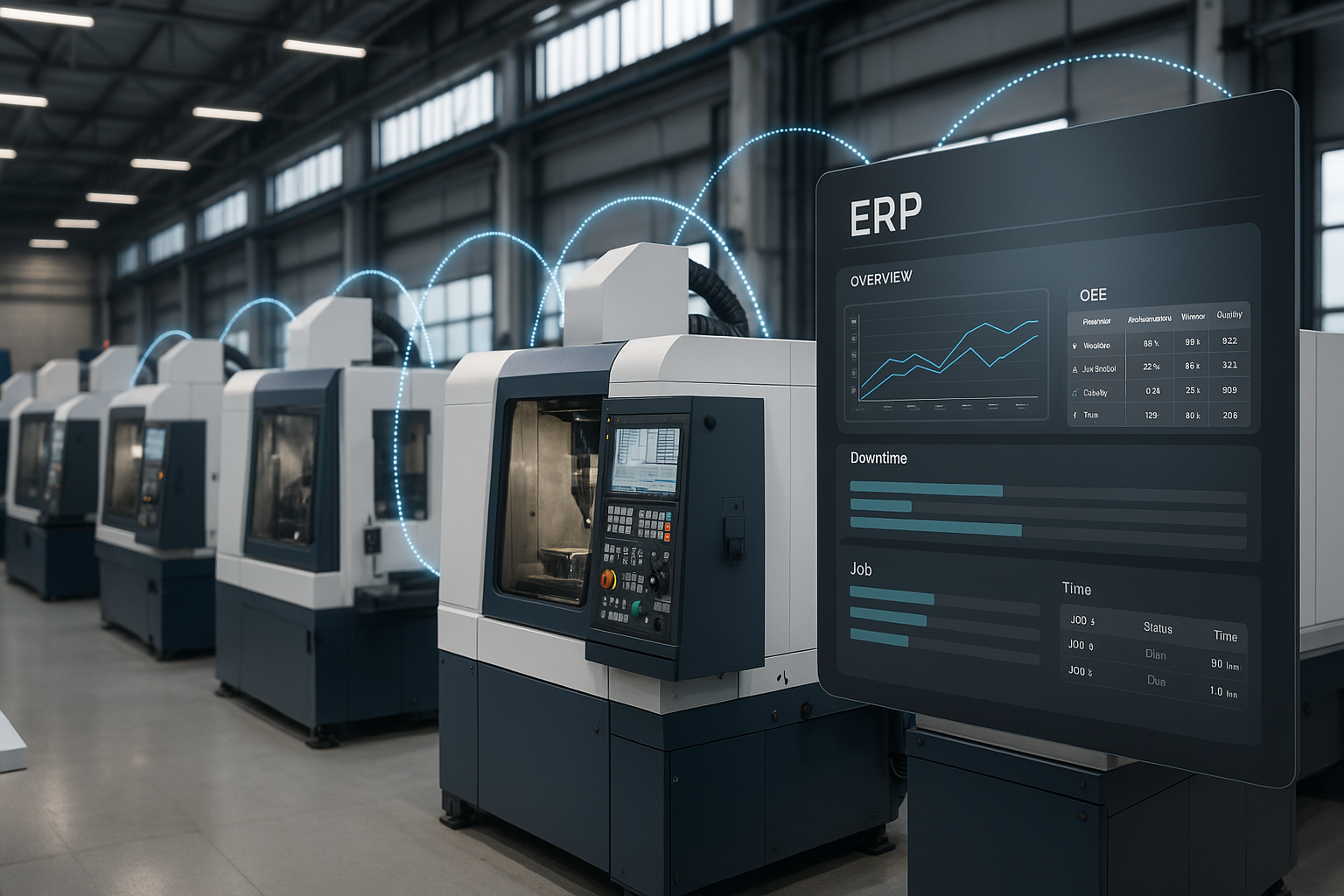
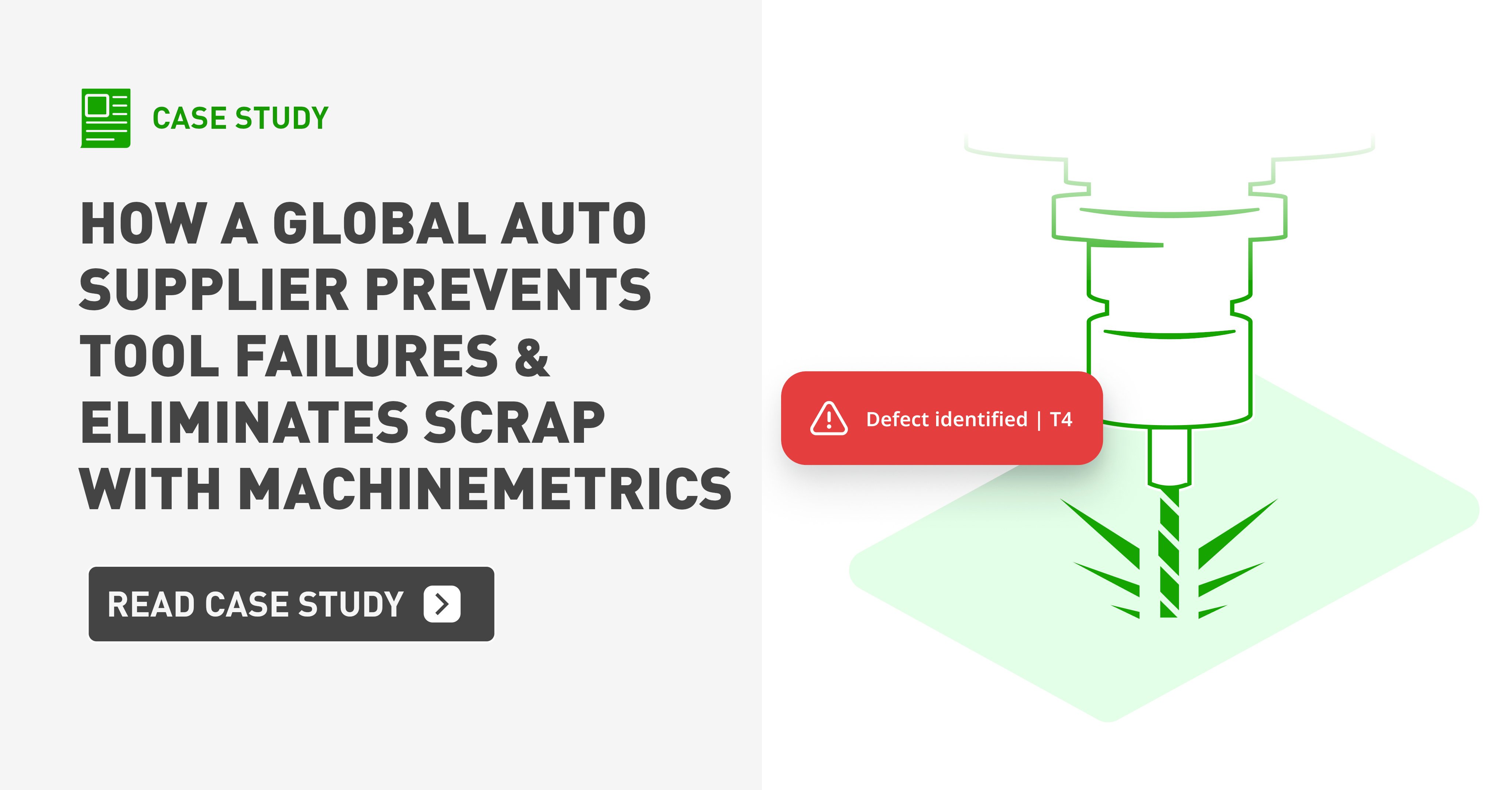
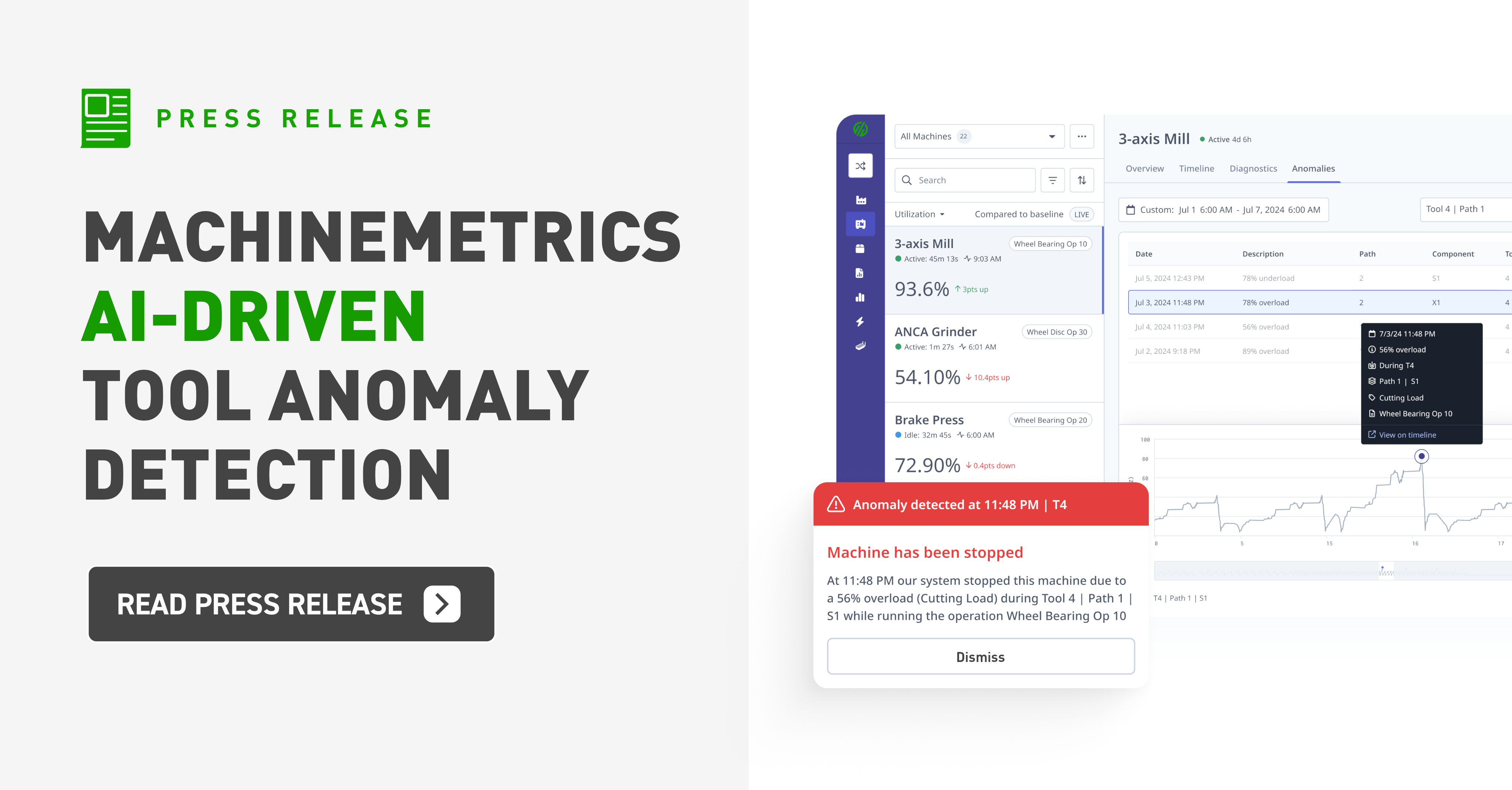
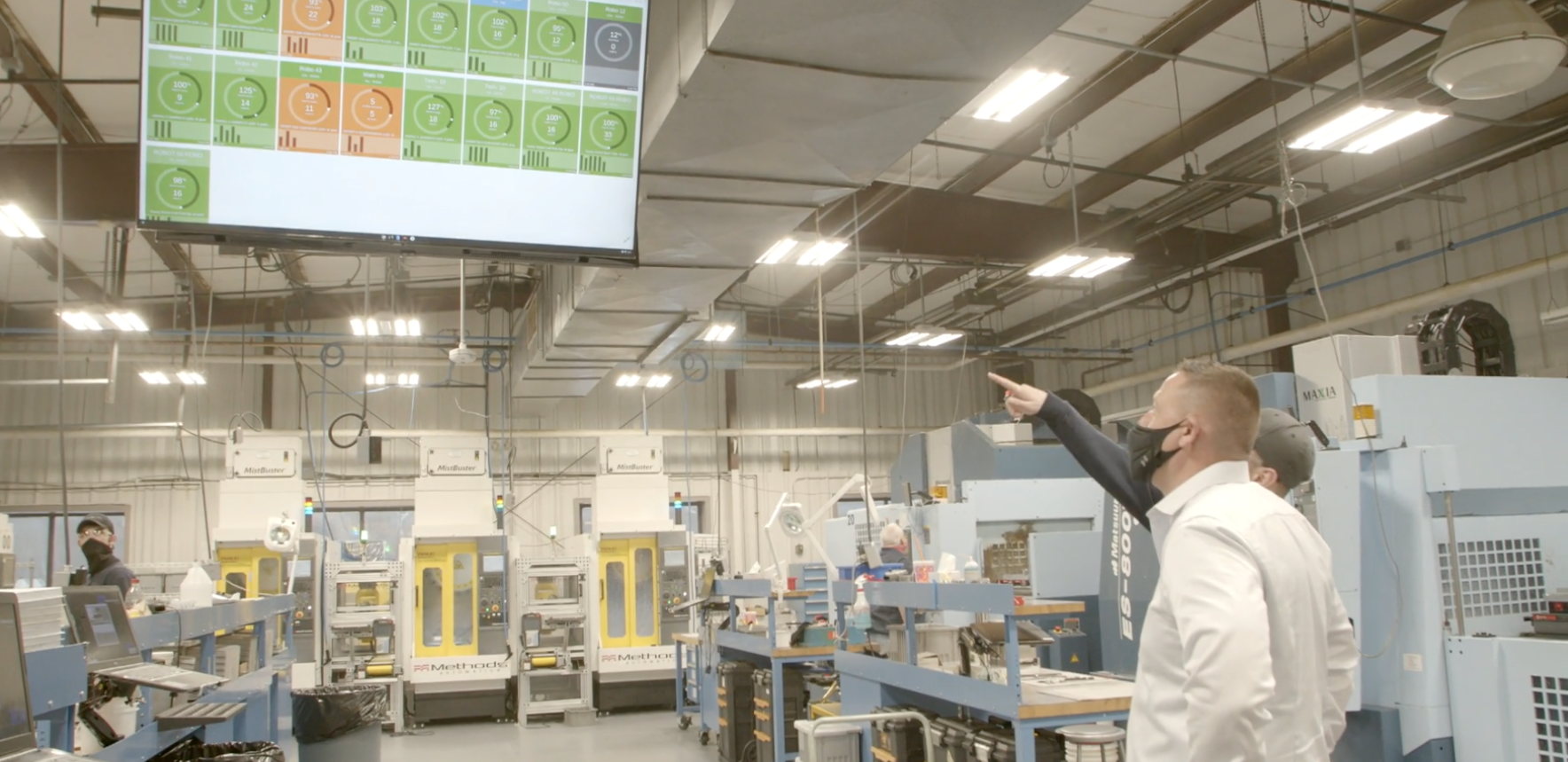
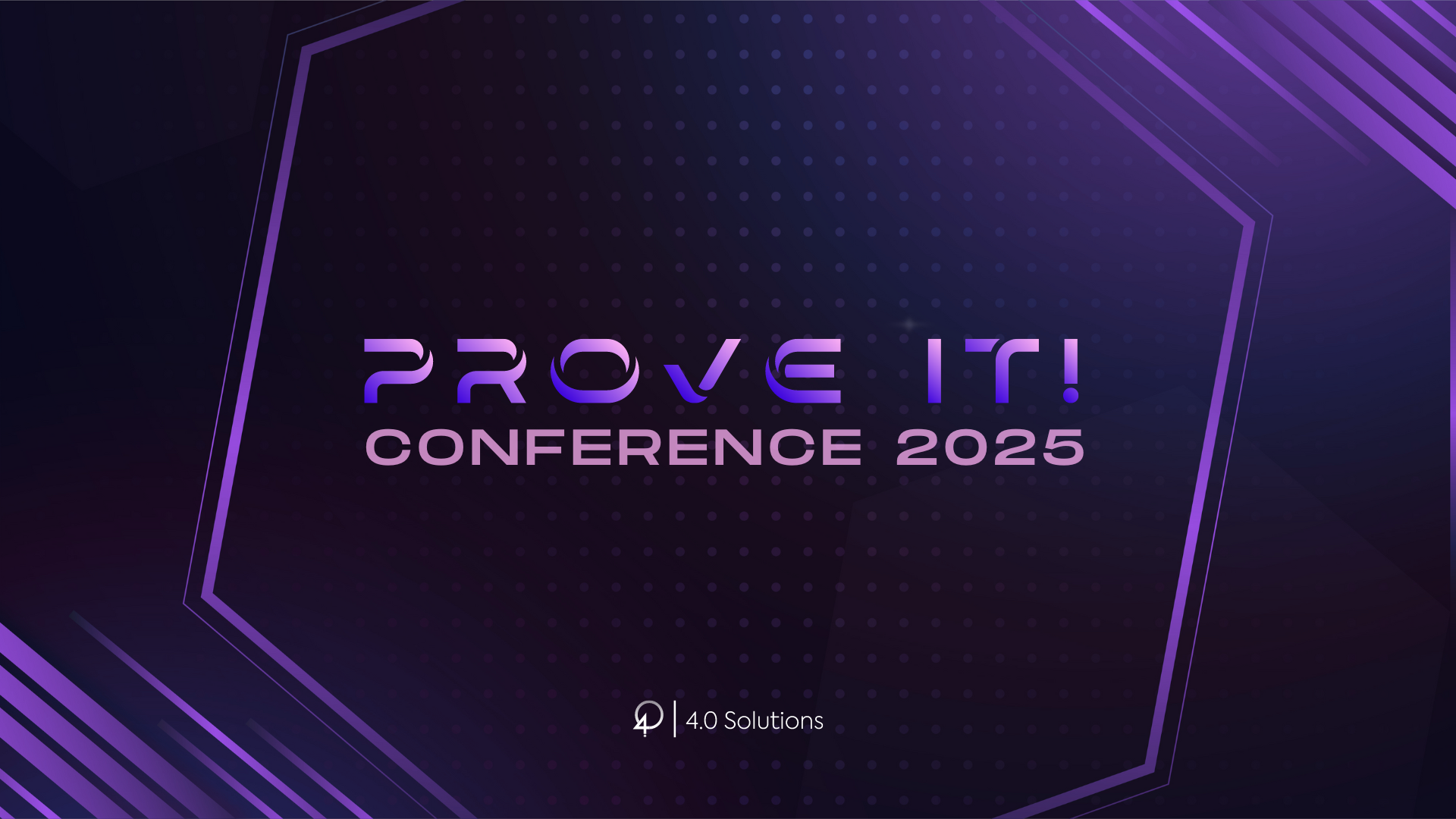
Comments